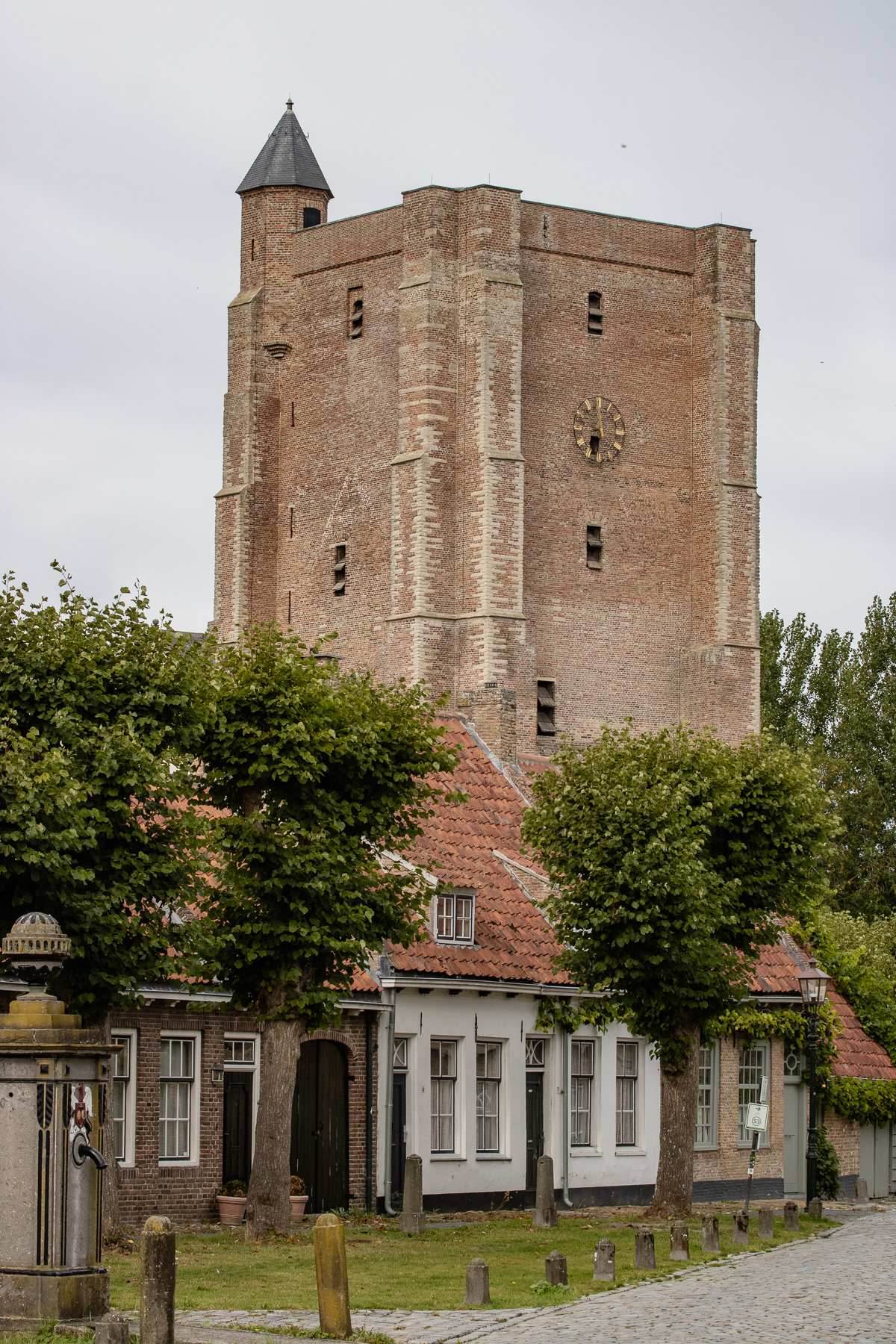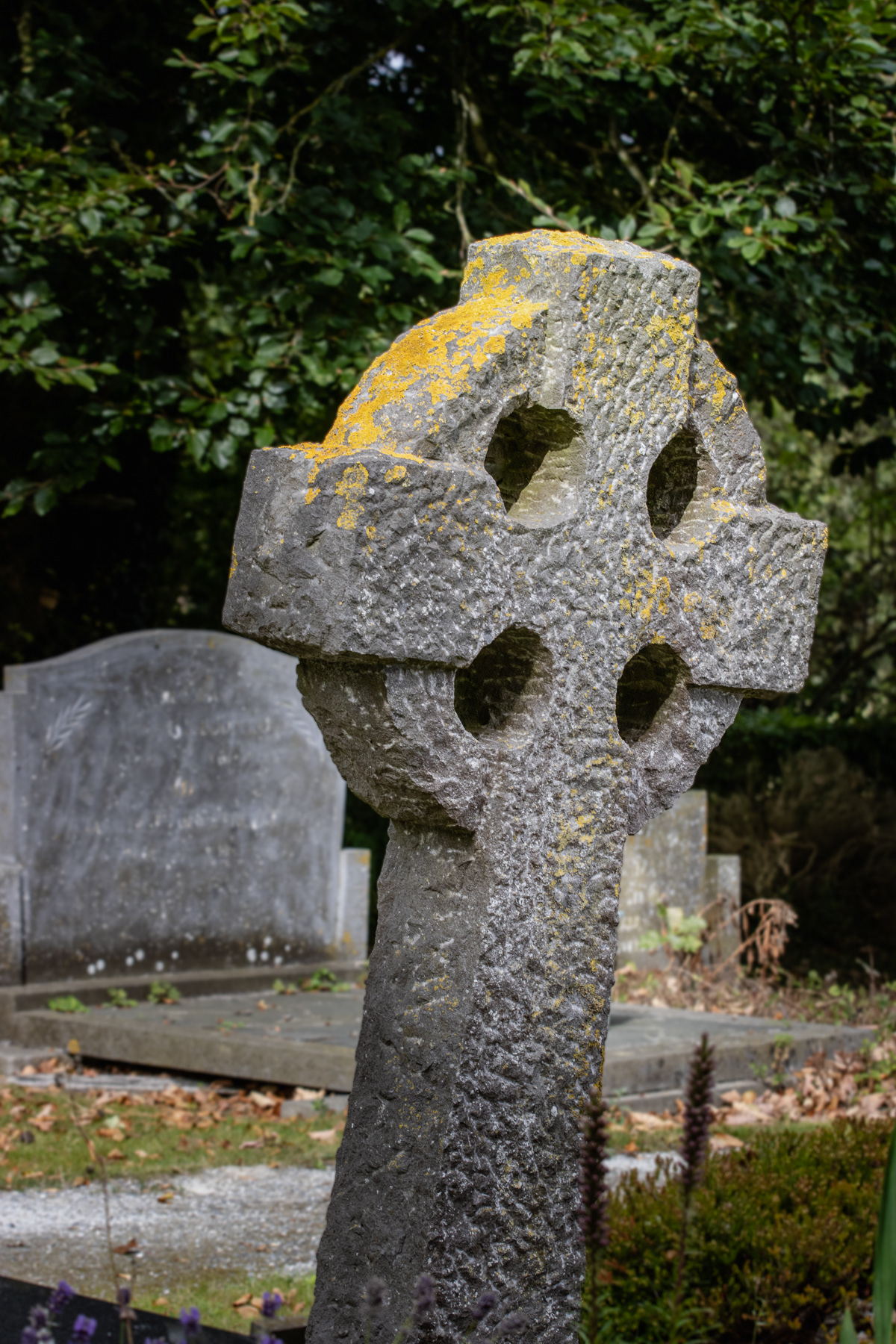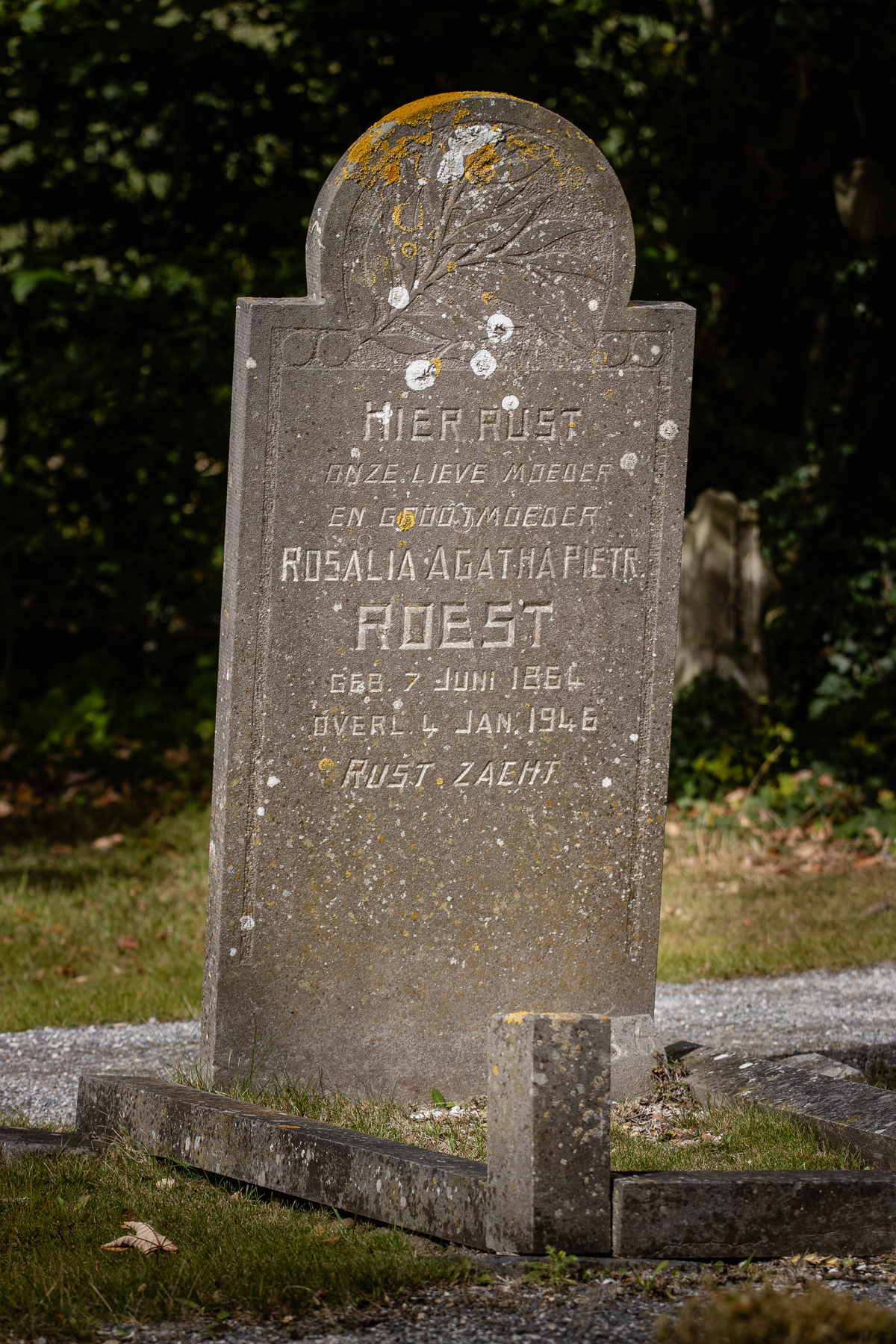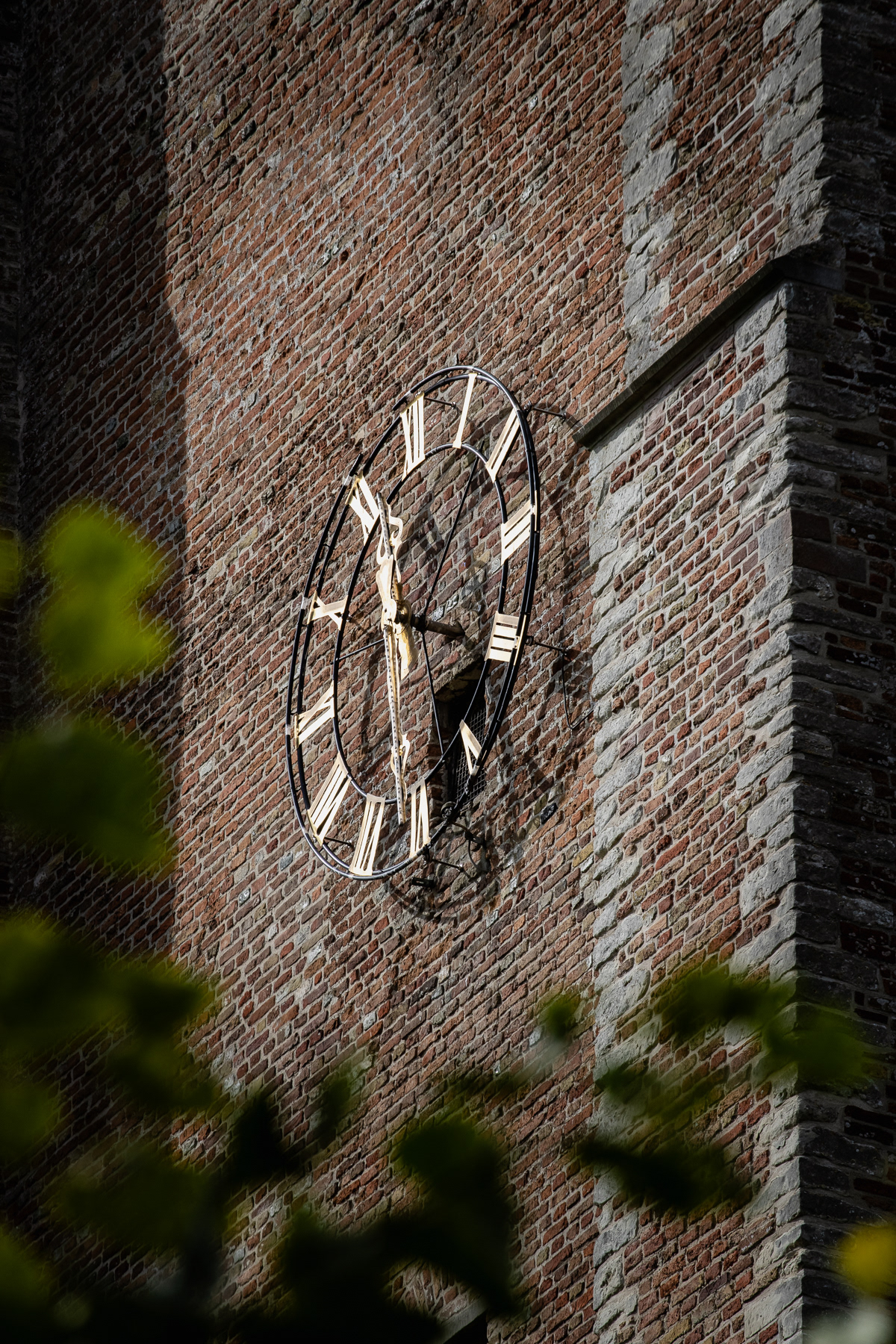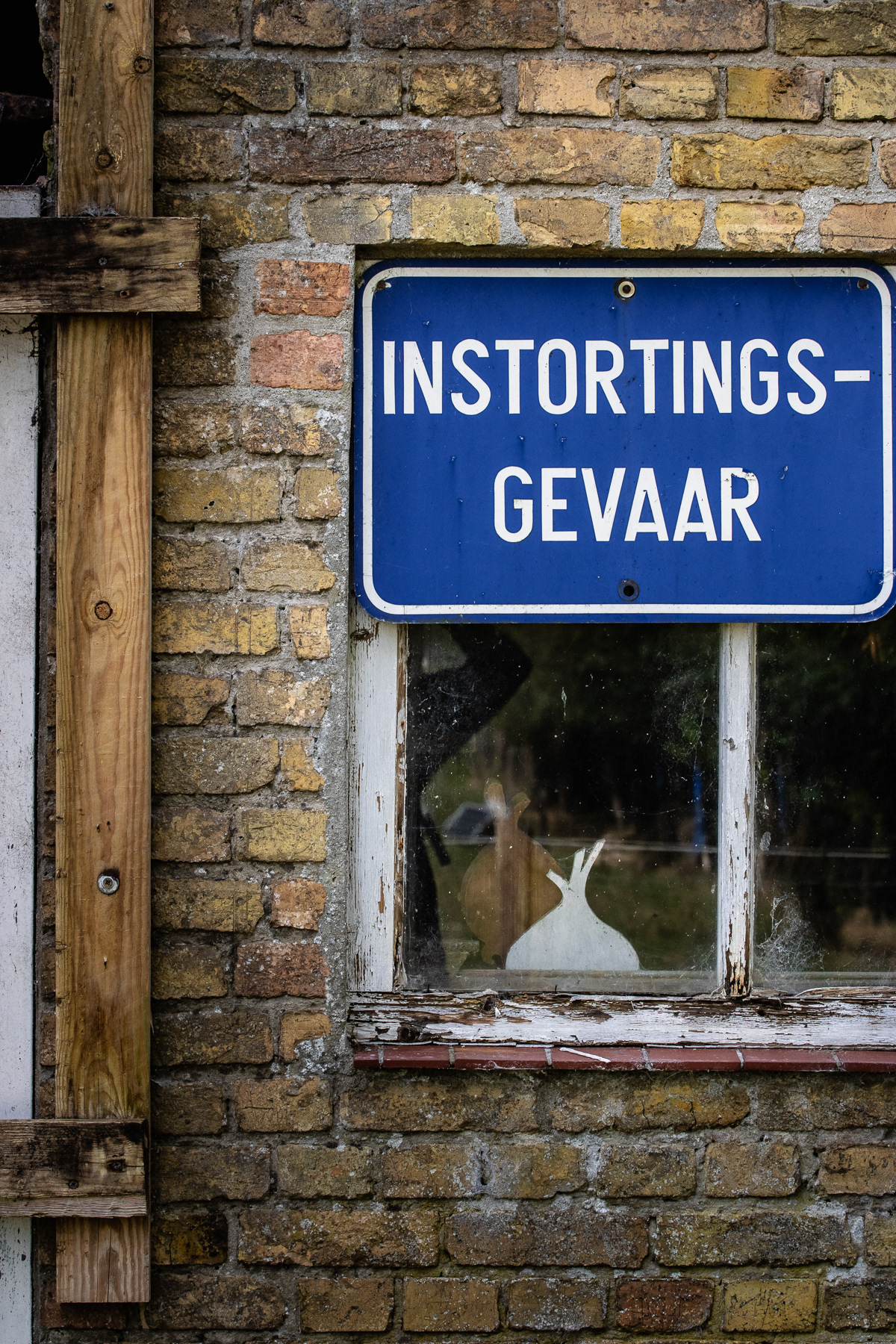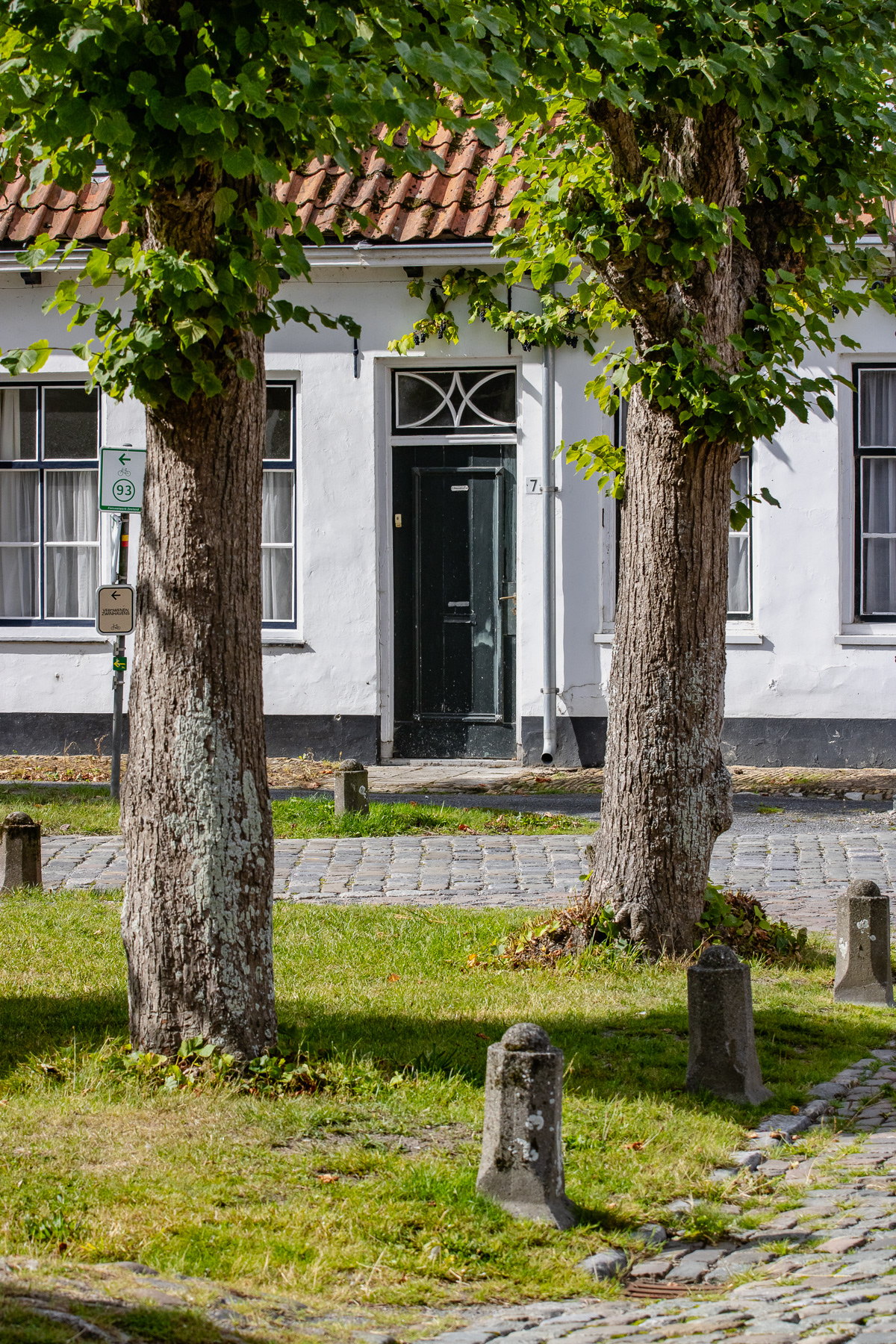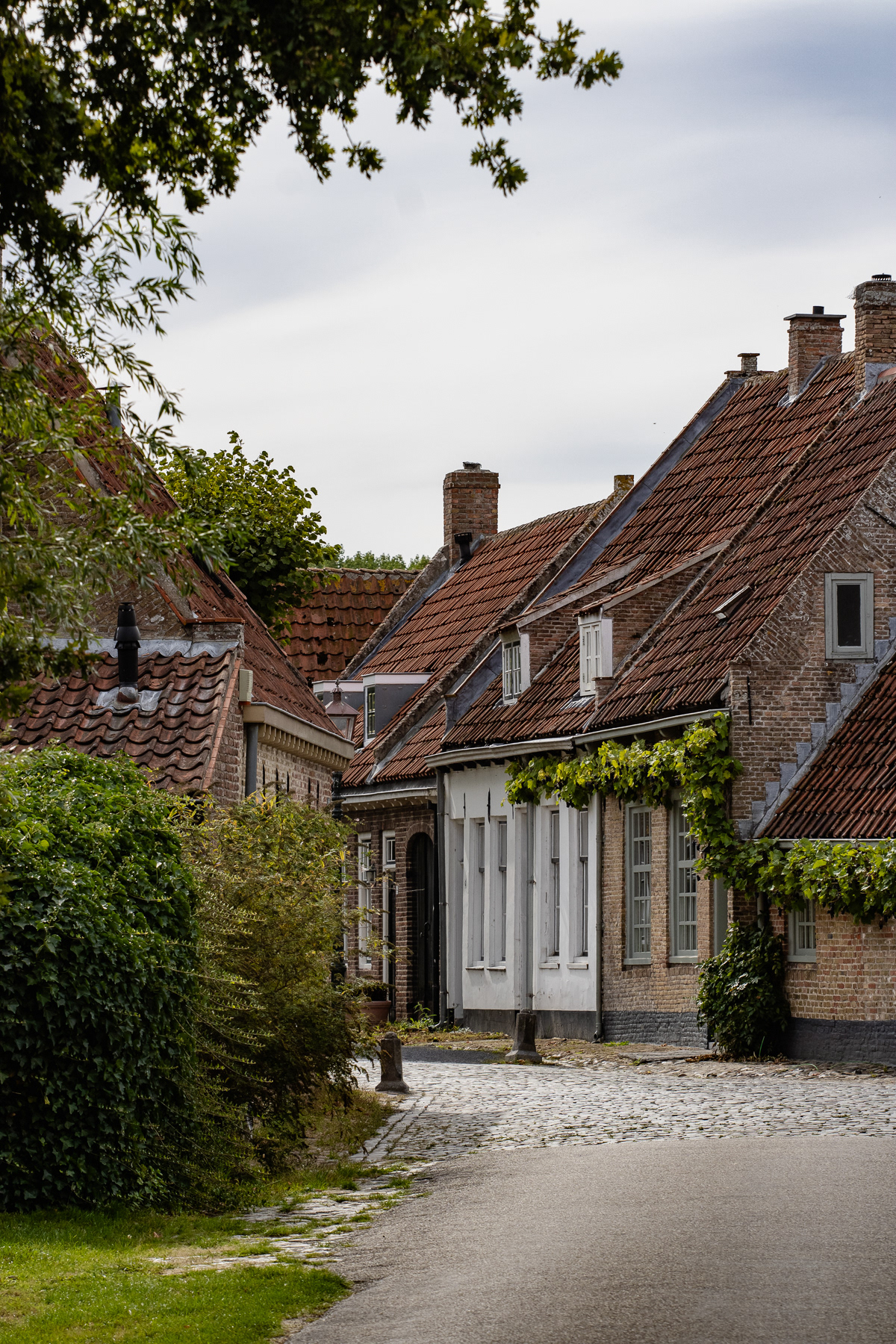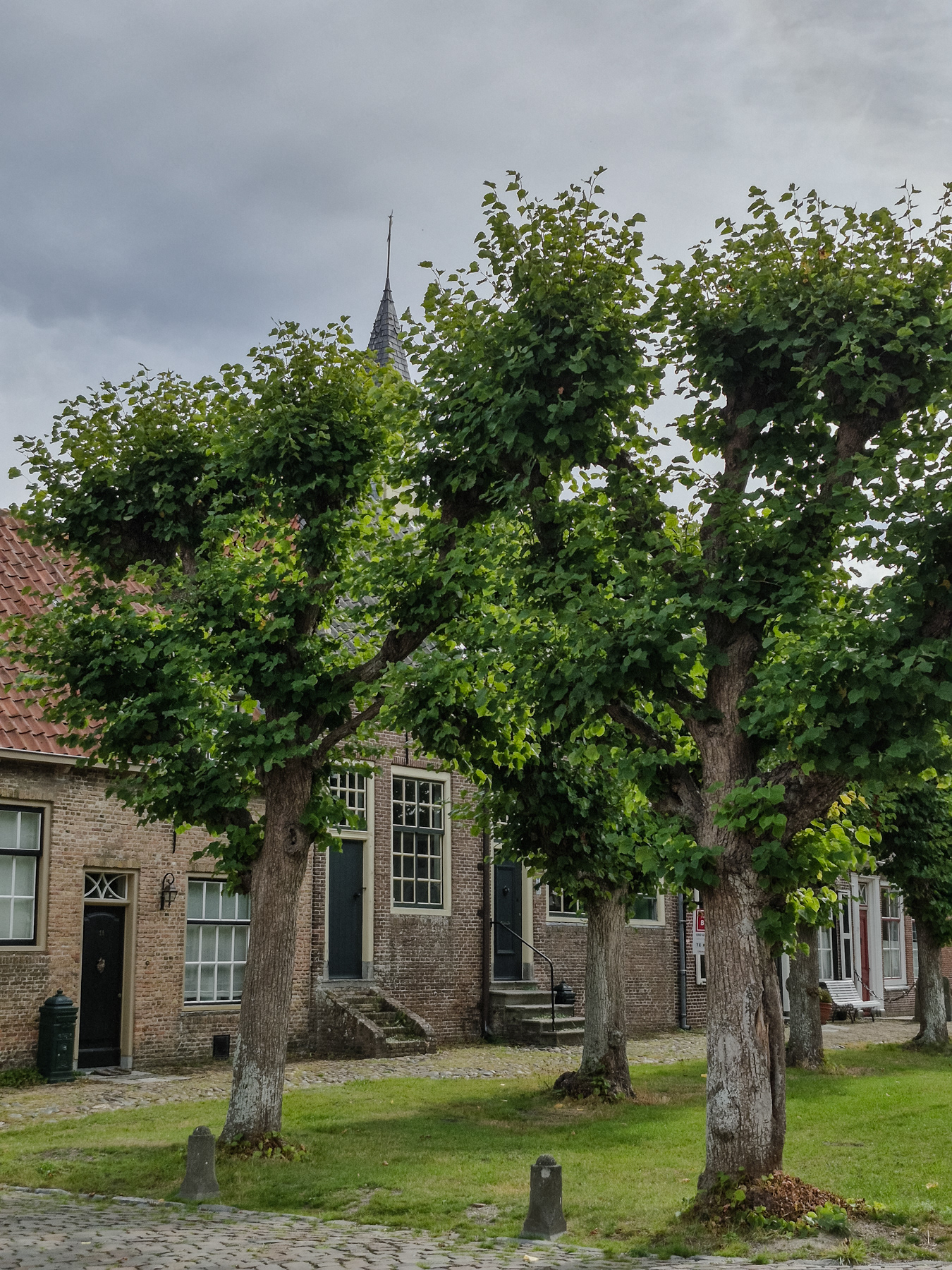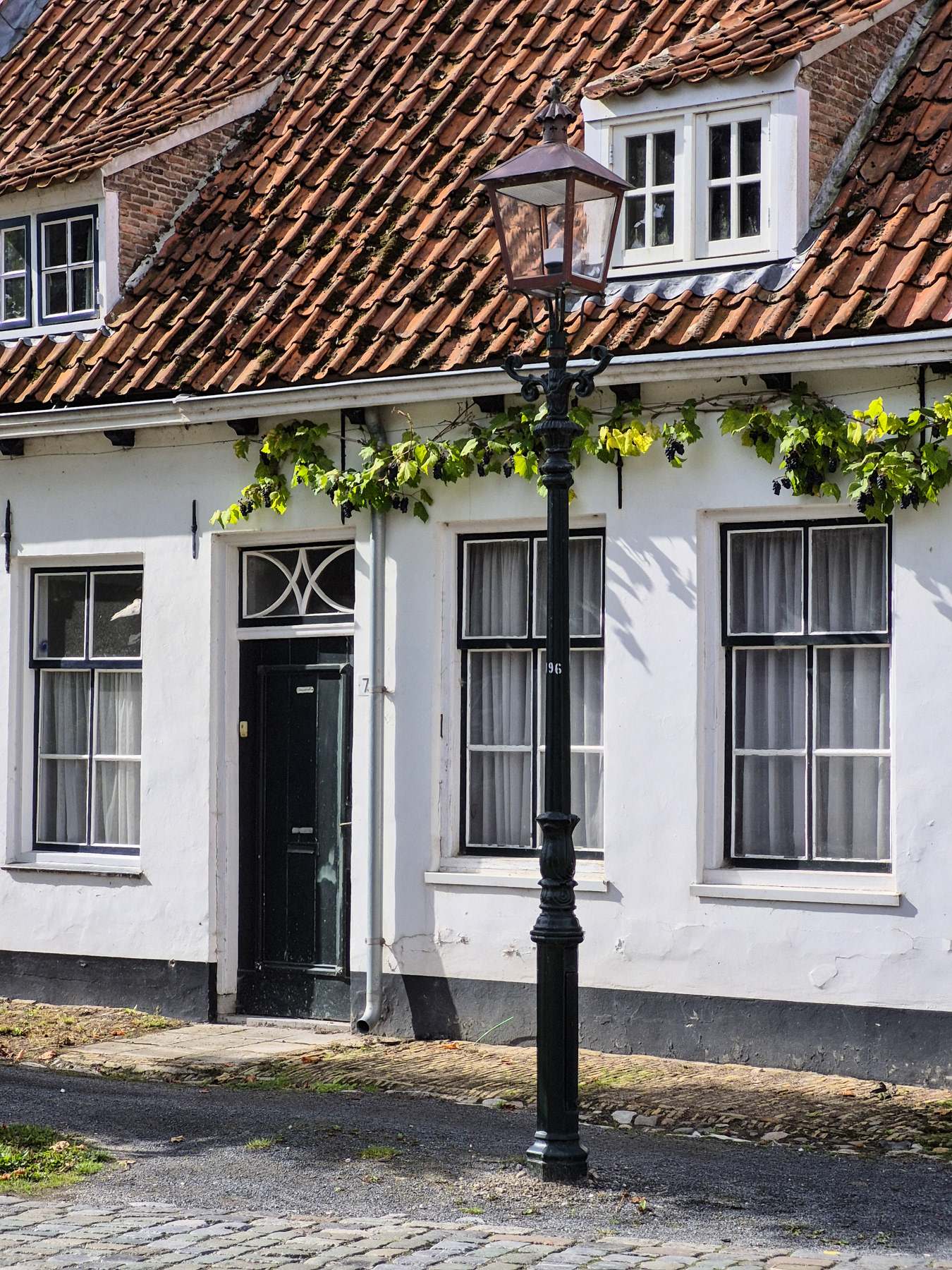The skyline of Sint Anna ter Muiden, September 2025.
Border towns, or in this case, border village. They can be fascinating, and Sint Anna ter Muiden on the outskirts of Zeeland is no exception. In the Middle Ages, this sleepy village of 50 had city rights (1242, as Mude) and a sort of city function. Nowadays, it makes a nice stroll—with a substantial of homes up for sale during my visit. The geographical location of Sint Anna ter Muiden is pretty cool: it marks the Netherlands' most western point within Europe (there are some overseas territories in the Caribbean).
The flourishing period of Mude ended in the 14th Century, when the harbour lost its role due to sand sediments. It saw war as well, but when the dust settled in the 17th Century, Mude was included in the Republic of the Seven Netherlands. It subsequently changed its name to Sint Anna ter Muiden.
Nowadays, the entire village is a protected, but living monument. A stroll through it might not take long, but is a joy for those who seek tranquil history.
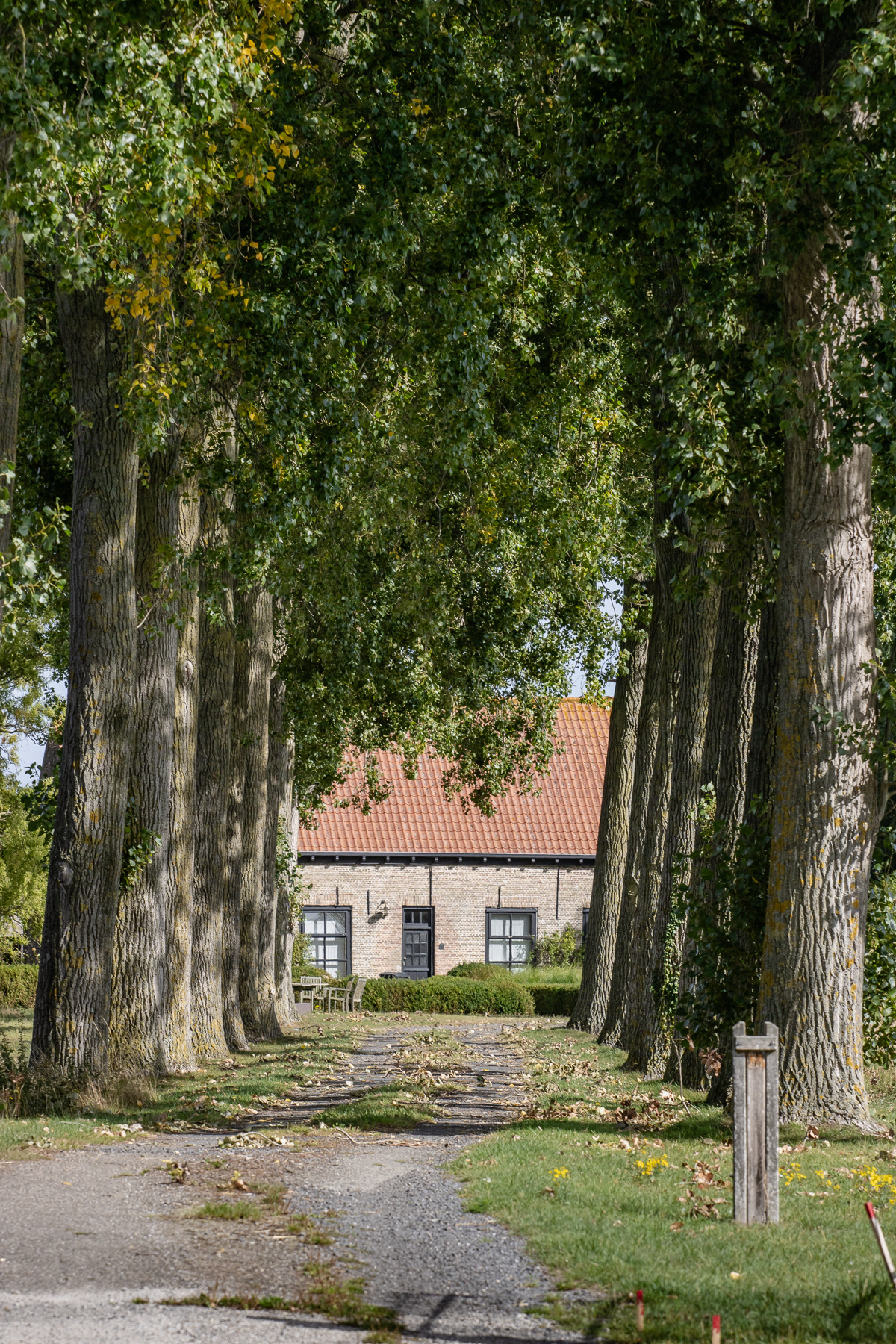
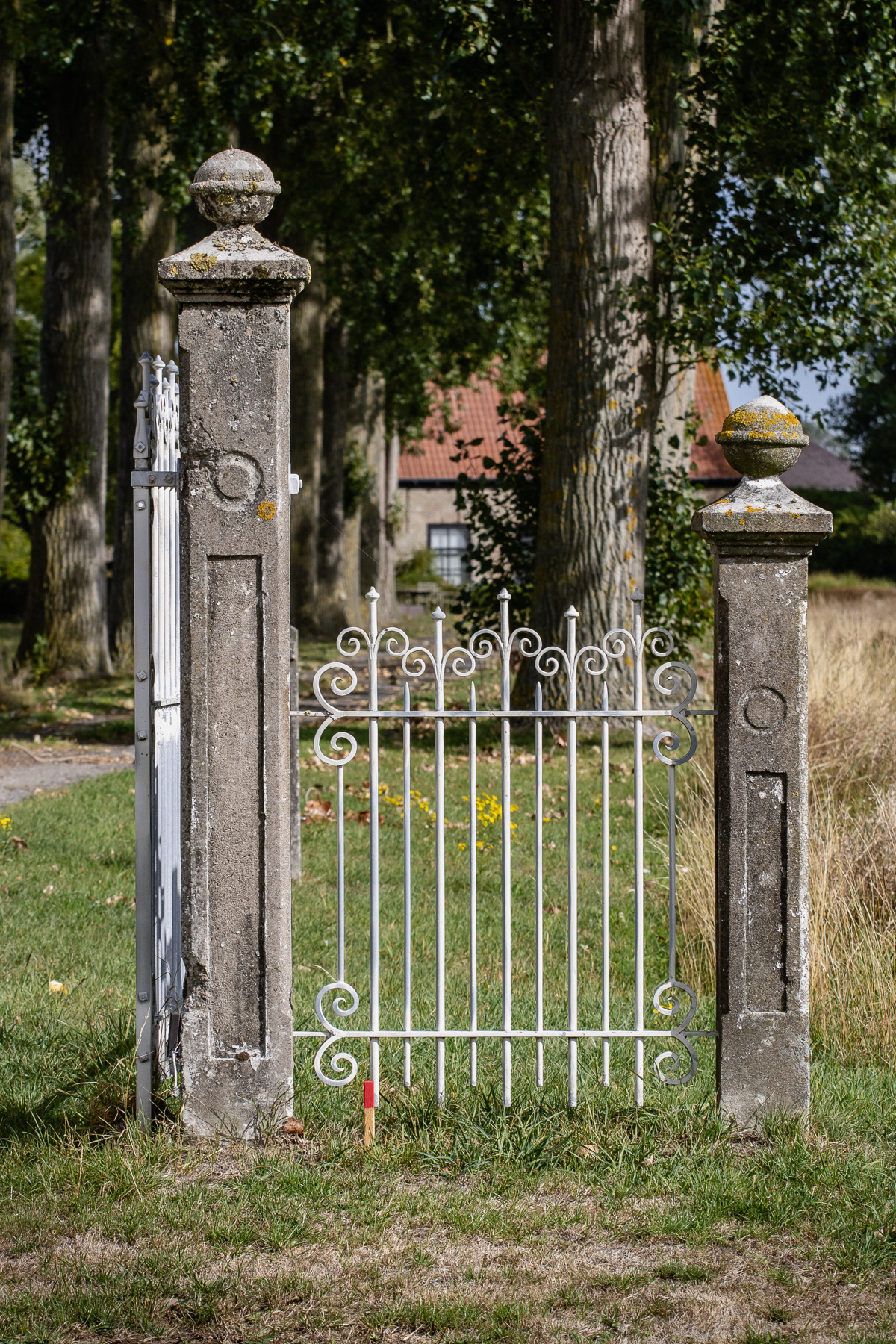
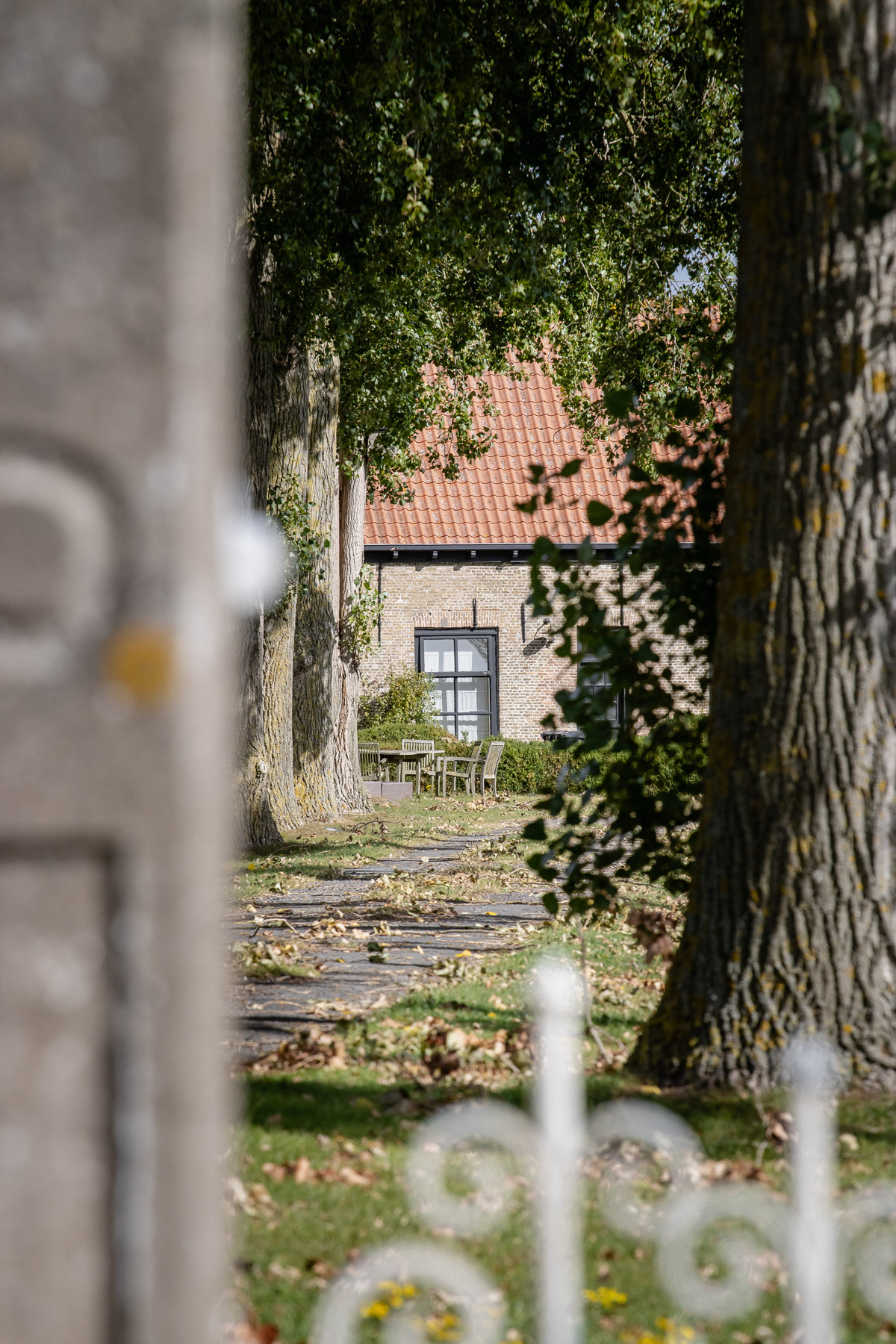
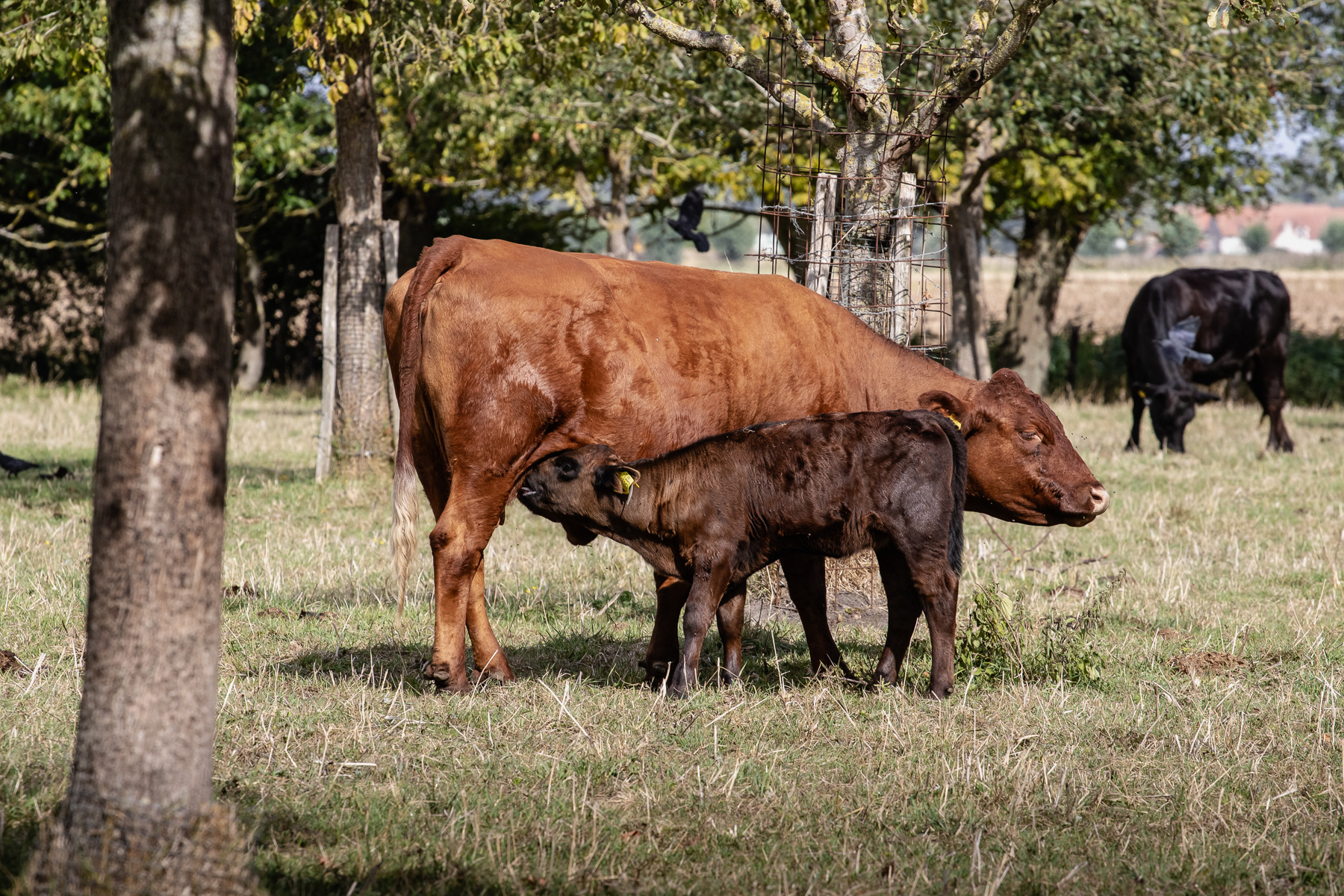
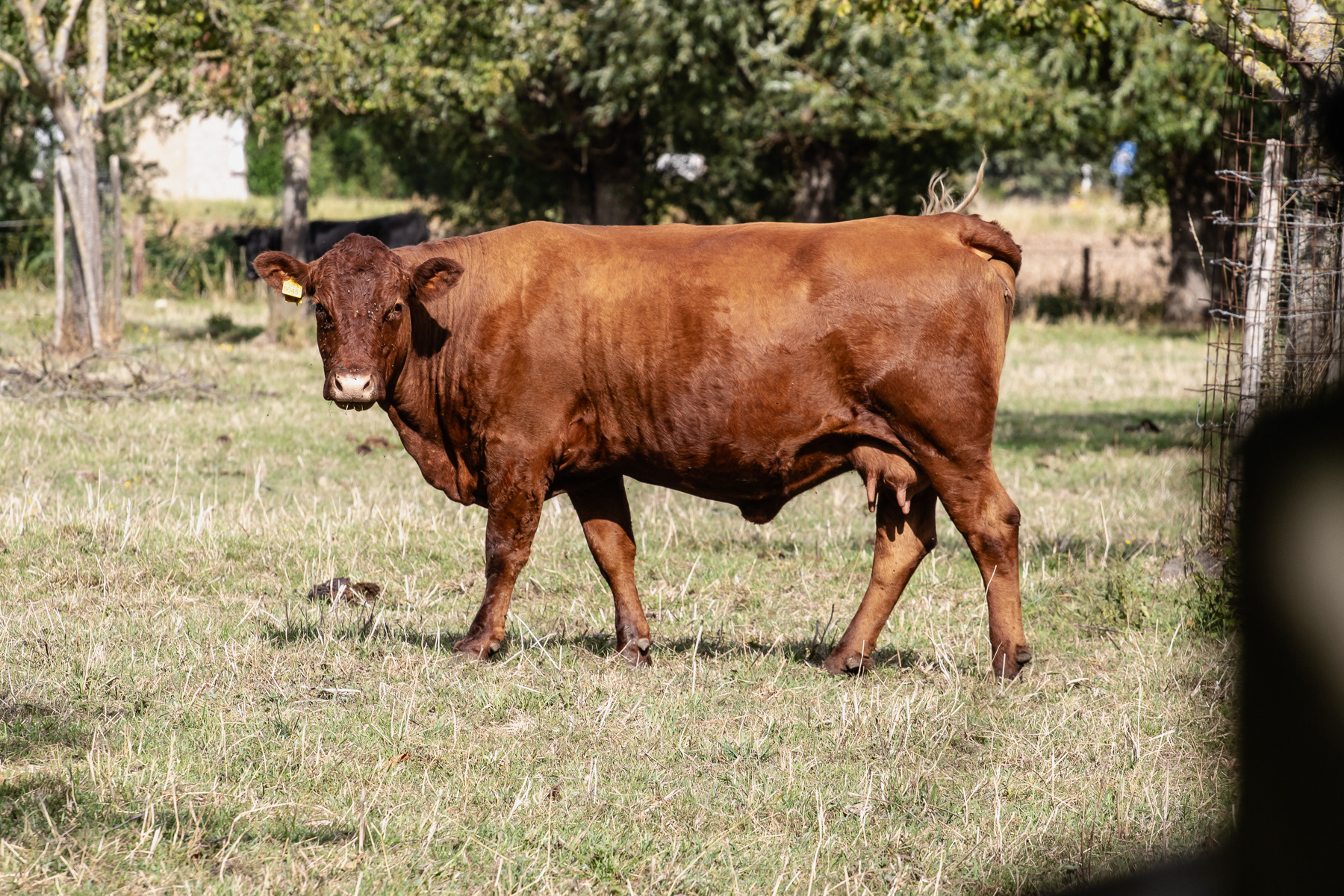
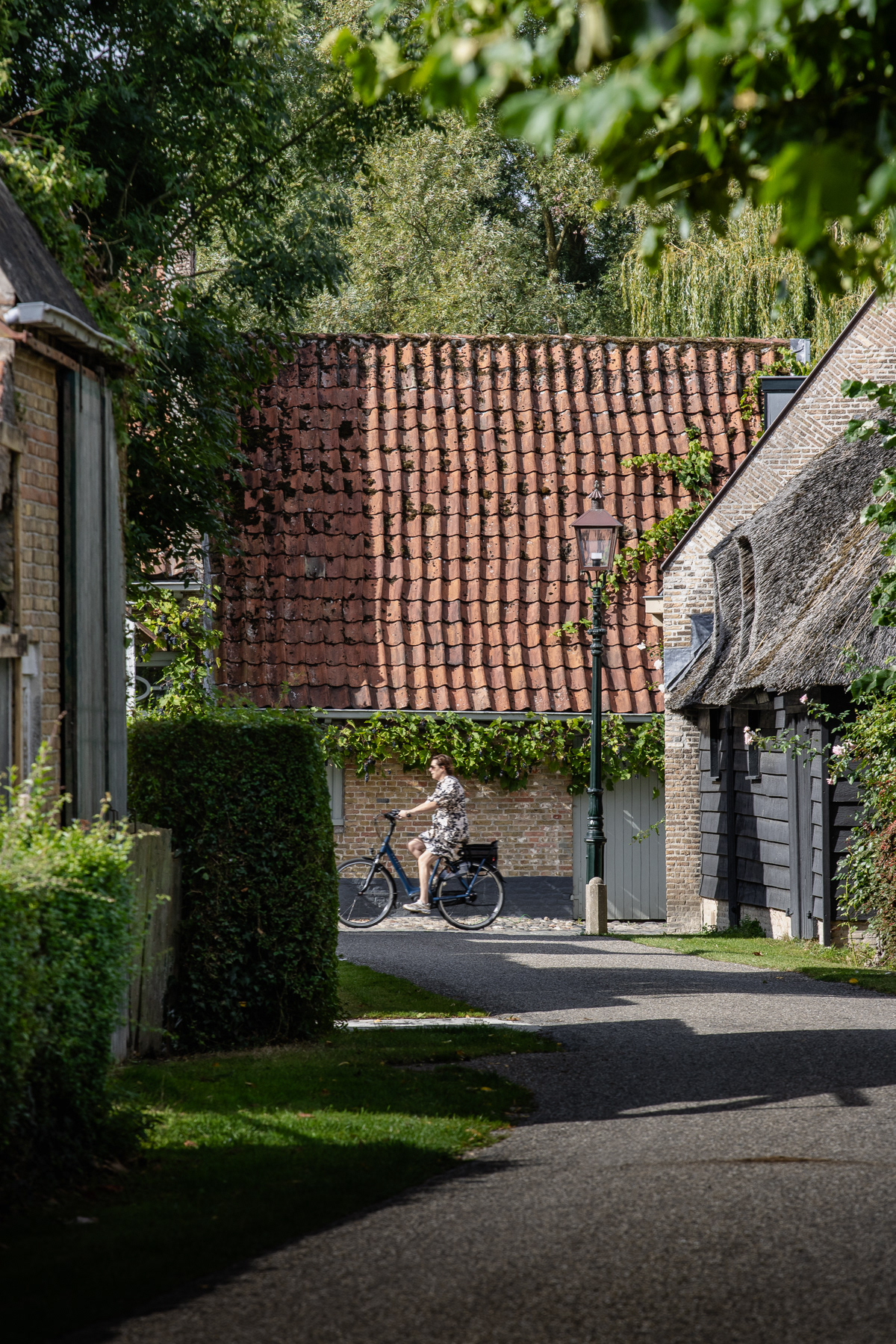
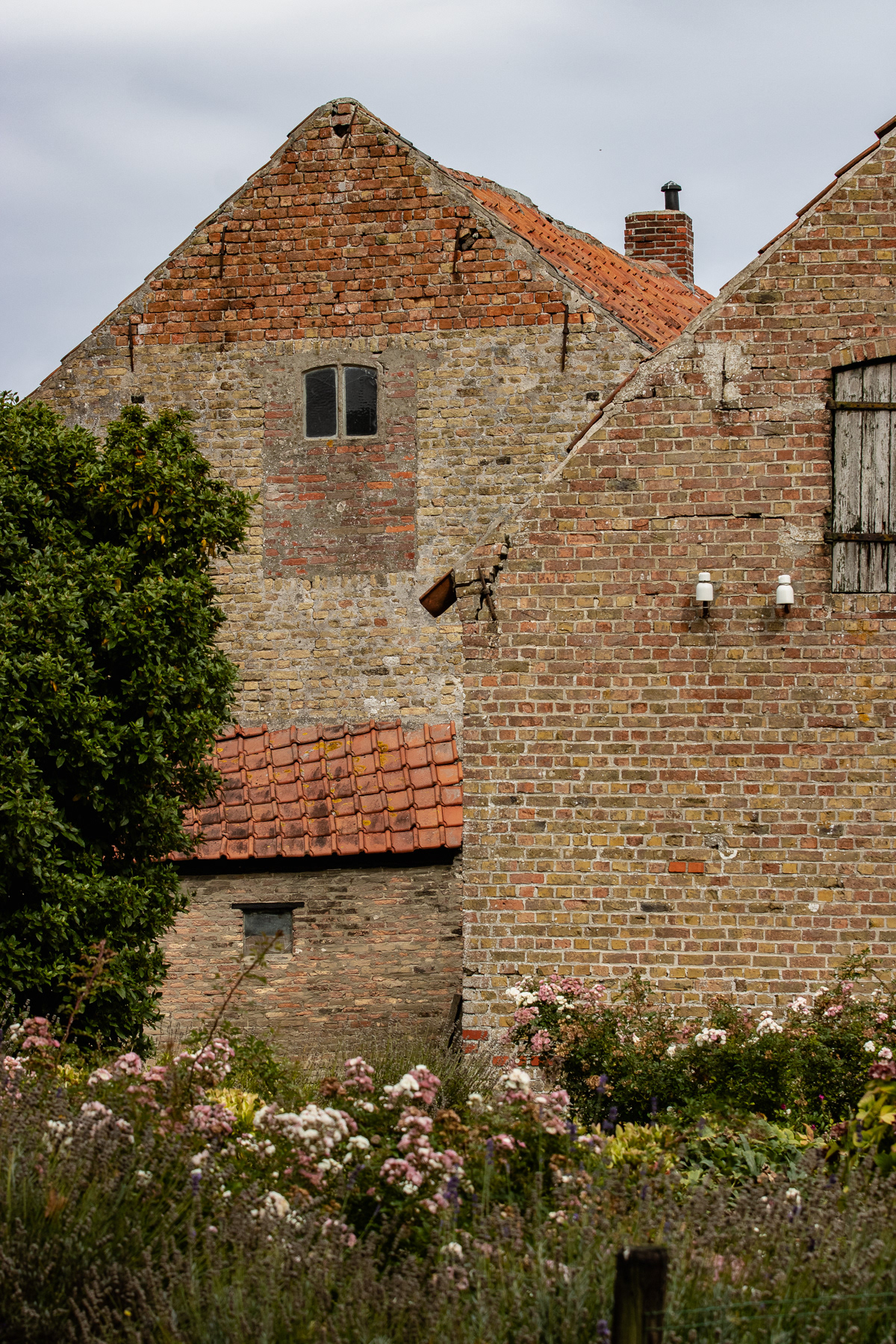
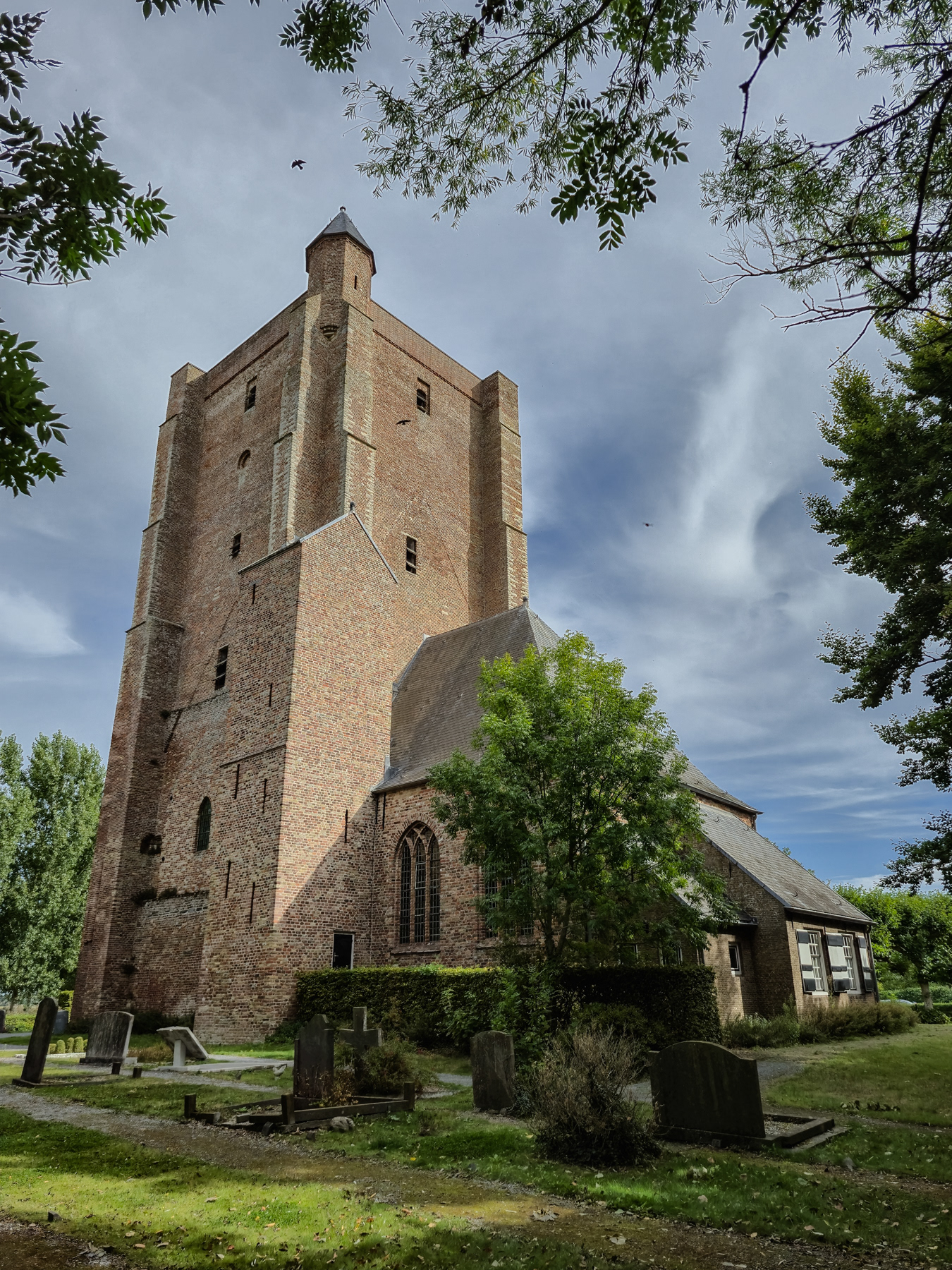
The church of Sint Anna ter Muiden, September 2025.
